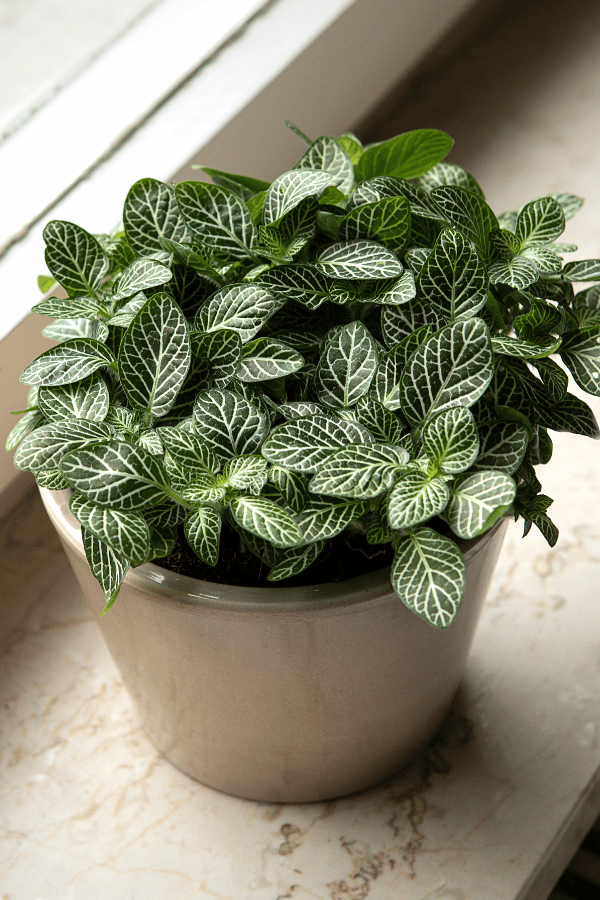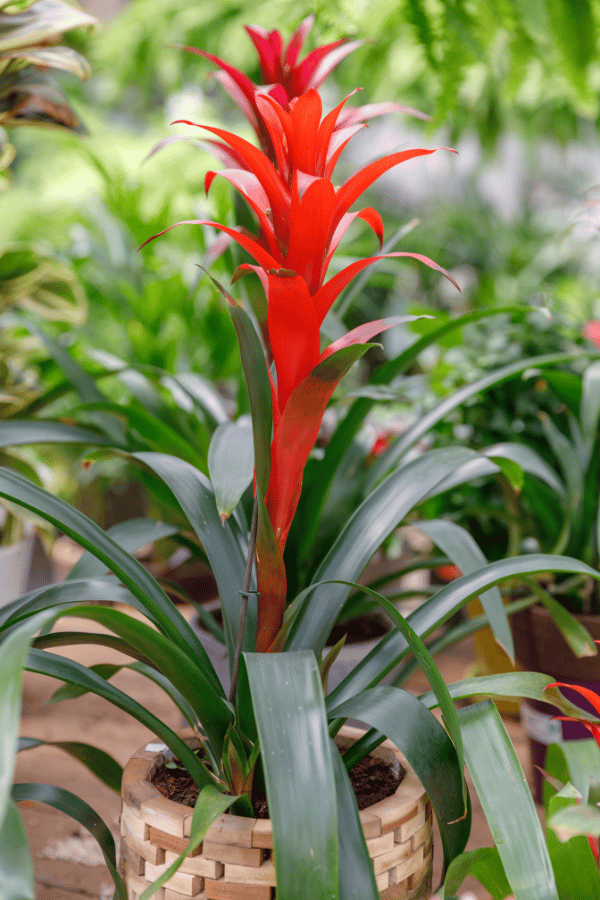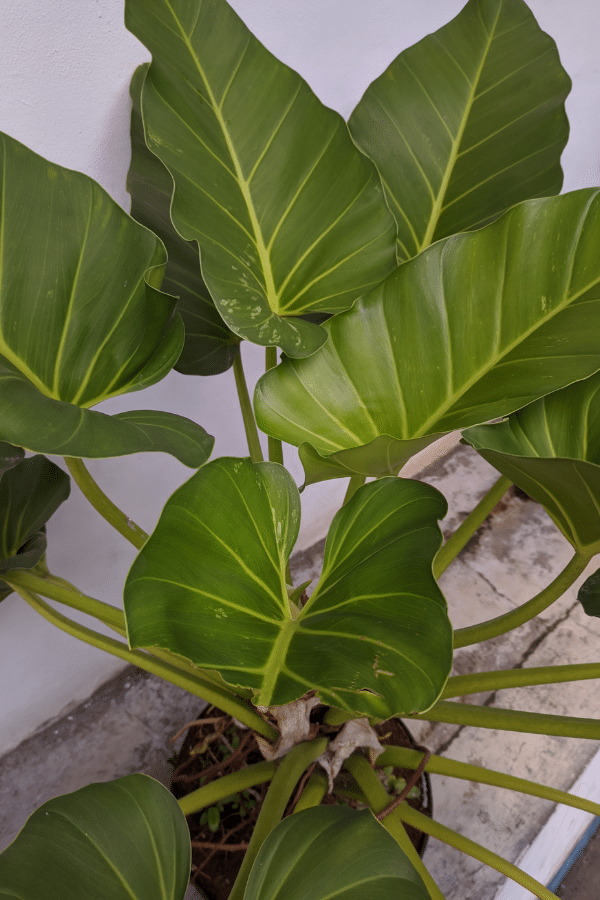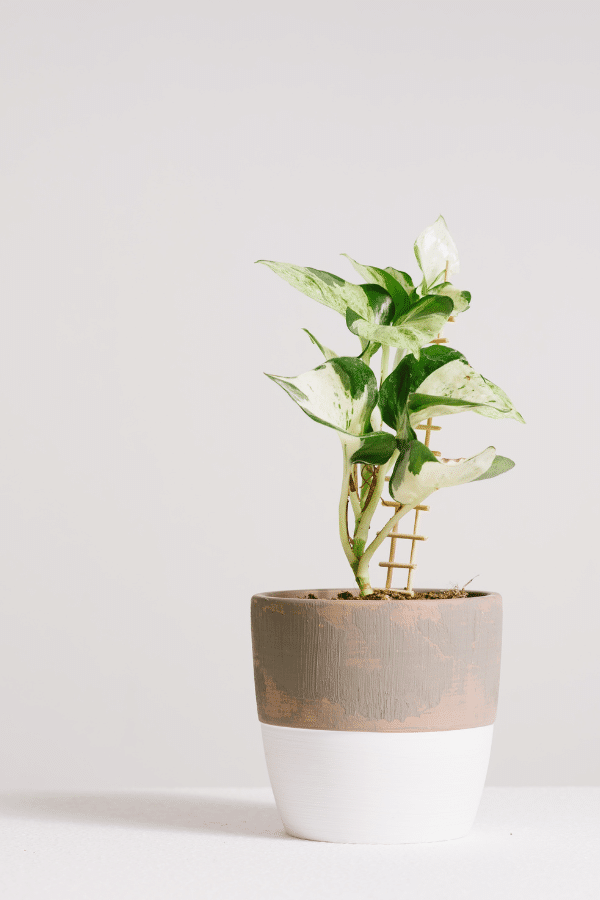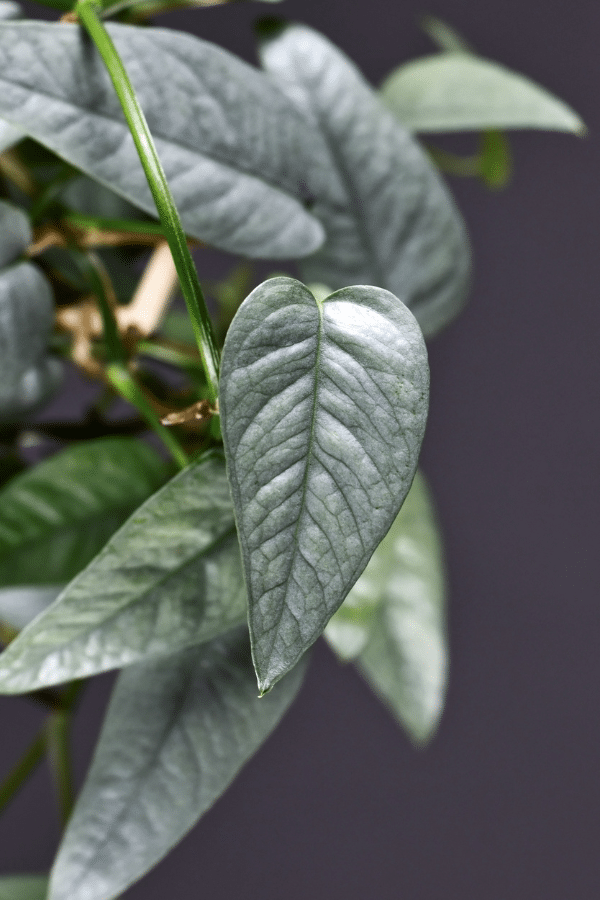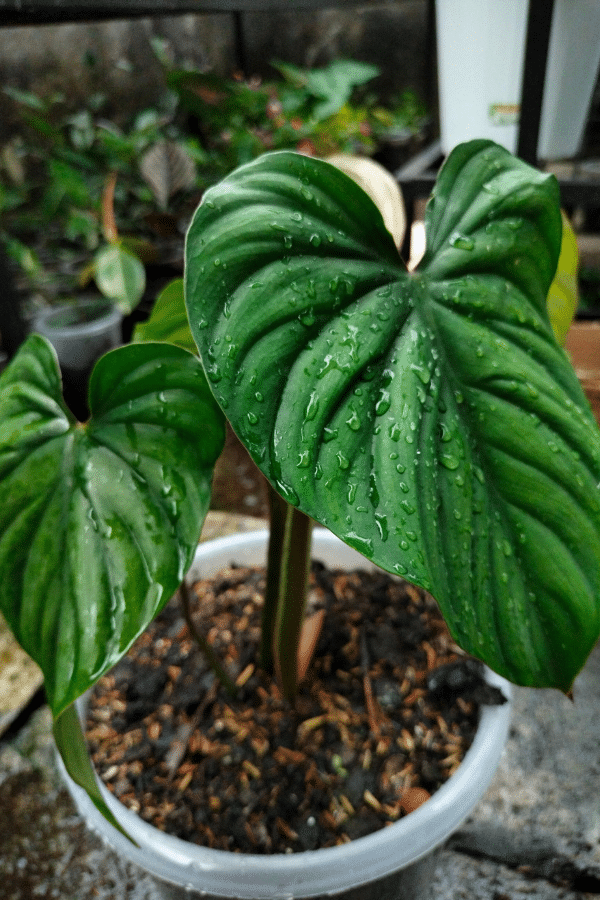Chinese Money Plant (Pilea Peperomioides)
Scientific Name: Pilea Peperomioides
Common Name: Chinese Money Plant
Pilea Peperomioides care is an easy Pilea to grow and care for. If you are looking for a plant with circular foliage and if grown well, a tall and full one, then a Chinese Money Plant may be for you.
To give this Pilea plant the best care, it requires well-draining soil, water the plant when the foliage starts to droop, provide it with bright indirect sunlight, temperatures ranging from 55-85F, and average humidity levels.
Quick Care Overview
| Common Name | Chinese Money Plant |
| Scientific Name | Pilea Peperomioides |
| Family | Urticaceae |
| Origin | Southern China |
| Growth Rate | Fast |
| Identification | Leaf stems that shoot off from main trunk in green circular foliage |
| Height | Up to 12 inches tall |
| Soil | Well-draining soil |
| Water | Water when the plant starts to droop |
| Temperature | 55-85F |
| Sunlight | Bright indirect sunlight |
| Toxic to Cats & Dogs | No |
| Toxic to Humans | No |
| Pests | Scale, mealybugs, fungus gnats, spider mites |
| Diseases | Root rot |
Below we will dive deep into this Pilea Peperomioides care guide.
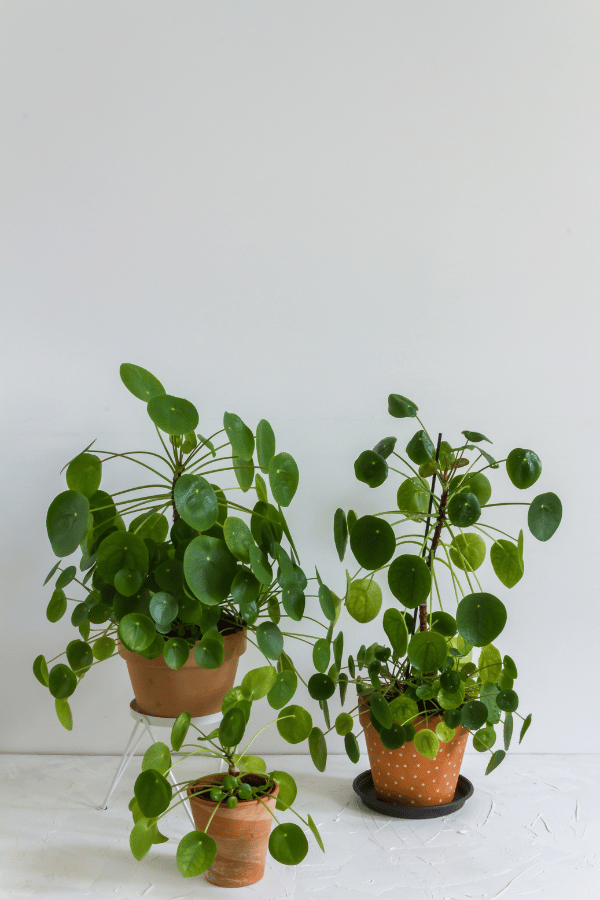
Pilea Peperomioides History
Southern China native Pilea Peperomioides, also known as the Coin plant, Pancake plant, UFO plant, and more commonly, the Chinese Money Plant, is a lovely houseplant with coin-shaped foliage and is extremely easy to care for. This nettle family perennial is known for its unique foliage and ability to be propagated extremely easily.
Pilea Peperomioides Identification
The Chinese Money Plant has a very distinct appearance. When healthy, it has a dense, mounded appearance with vegetative shoots appearing from the crown of the plant ending with round saucer-shaped foliage that may grow up to 4 inches in diameter
Pilea Peperomioides Growth Facts
This plant is not a heavy feeder and is easy to grow indoors. It will remain relatively compact, making it perfect for smaller spaces.
How Big Does a Pilea Peperomioides Get?
The Chinese Money Plant will grow to be about 12 inches tall.
Pilea Peperomioides Care
Although this houseplant may be challenging to find due to its popularity, it is extremely easy to care for. Make sure you provide it with bright light, moisture, and a light feeding during the warm growing season, and your plant will flourish.
Pilea Peperomioides Soil
Your Pilea Peperomioides will appreciate being grown in well-draining soil. A high-quality commercial potting mix with additions of perlite will be perfect for this plant.
Pilea Peperomioides Fertilizer
Your Chinese Money Plant will benefit from a monthly feeding from a balanced, liquid fertilizer indicated for houseplants during the warm growing season of spring and summer. However, avoid feeding your plant in the fall and winter after the plant has become dormant, as this may lead to chemical burn.
Pilea Peperomioides Watering
You should rewater your Chinese Money Plant whenever its foliage begins to droop. Allow your plant to nearly dry out before rewatering, and then give it a good soaking. As this plant is easily susceptible to root rot, ensure that you do not overwater. Watering frequency may be reduced in the winter.
Pilea Peperomioides Light Requirements
Your Pilea Peperomioides will thrive when placed in bright indirect light. You should rotate your plant’s container periodically, as it has a tendency to lean towards the sun. Avoid placing your Chinese Money Plant in direct light, as this will lead to the foliage burning. Conversely, too little light exposure will lead to this plant becoming leggy and producing small foliage.
Pilea Peperomioides Temperature & Humidity
As the Chinese Money Plant is super easy to care for, you will find that average household temperatures and humidity will be acceptable for this plant. Avoid placing your plant near AC units, heaters, or vents where there may be sudden fluctuations in temperature. Additionally, it would be best to never expose your Pilea Peperomioides to temperatures below 50 degrees Fahrenheit, as this may cause permanent damage. The ideal temperature range of Pilea Peperomioides is 55-85F.
Repotting Pilea Peperomioides
Your Chinese Money Plant should be repotted annually. Repotting in spring is best. Select a container size that is 1-2 inches larger than the original. Repot your plant, refresh the soil, tamp lightly, water thoroughly, and place your newly potted plant in indirect light.
Pilea Peperomioides Maintenance & Pruning
The Chinese Money Plant will require minimal pruning. Periodically remove dead, diseased, or discolored foliage to maintain its appearance using sharp, clean shears.

Pilea Peperomioides Propagation
Pilea Peperomioides are extremely easy to propagate, as they frequently produce offshoots when healthy. To propagate, separate offshoots from the mother plant using a sharp, clean blade by cutting the root an inch or two below the soil. Next, pot the separated plantlet into its own container and water thoroughly. Keep the soil moist and place in indirect light until established.
Pilea Peperomioides Toxicity
Toxicity to Humans
Members of the Pilea family are not considered toxic to humans. However, you still should avoid ingesting this plant, as it is not considered edible and may cause stomach upset.
Toxicity to Cats & Dogs
The Chinese Money Plant is not considered toxic to pets, making it perfect for anyone who has a mischievous cat or dog. However, consumption of this plant may still cause stomach upset to your animal and should be avoided, as it may additionally cause damage to your plant.

Pilea Peperomioides Problems
Pilea Peperomioides Leaves Turning Yellow
Yellowing and paleness on the foliage of a Chinese Money Plant may be due to lack of nutrients, especially nitrogen. Provide it with fertilizer and give it a nice watering.
Pilea Peperomioides Leaves Turning Brown
The most common cause of browning foliage on the Chinese Money Plant is due to excess moisture or too much sunlight.
Pilea Peperomioides Diseases
The Chinese Money Plant is considered to be relatively disease resistant. However, it still may become susceptible to issues related to overwatering, such as root rot. Ensure that you do not overwater your plant or allow it to sit in excess water within the plant container’s drainage tray.
Pilea Peperomioides Pests
While the Chinese Money Plant is not prone to any particular pests, it still may become susceptible to typical houseplant pests such as mealybugs, scale, fungus gnats, and spider mites. If you notice an infestation, isolate your plant, and treat it with a pesticide such as neem oil.

